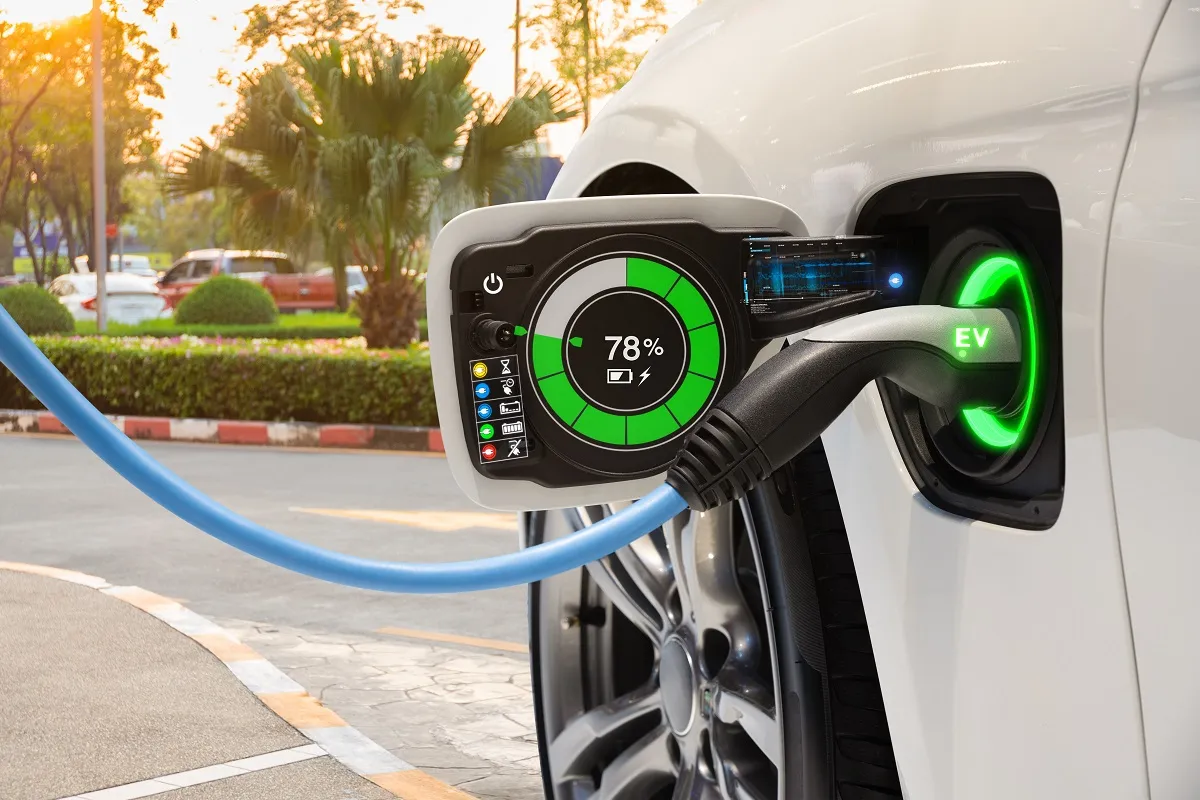Table of Contents
ToggleElectric Vehicles and the global trend towards EV adoption.
Introduction
The automotive landscape is undergoing a transformative shift, with electric vehicles (EVs) leading the charge towards a sustainable future. Despite near-term challenges in certain markets, projections indicate a remarkable surge in EV adoption worldwide by 2030. Based on current policy trajectories, China is poised to lead the revolution, with nearly one in three cars on its roads expected to be electric. Similarly, the United States and the European Union are on track for significant EV penetration, with almost one in five cars projected to be electric in each region by the end of the decade.
Global Outlook
The latest edition of the International Energy Agency’s (IEA) Global EV Outlook paints a compelling picture of this accelerating transition. In 2024 alone, global electric car sales are forecasted to reach approximately 17 million units, building upon the momentum of previous years. Notably, China is anticipated to account for a substantial portion of this growth, with around 10 million electric cars expected to be sold, representing a staggering 45% of all car sales in the country. Meanwhile, the United States and Europe are set to make significant strides, with electric vehicles comprising approximately one in nine and one in four cars sold, respectively.
Demand Trend
This surge in EV demand builds upon the record-breaking sales observed in 2023, where global electric car sales soared by 35% to nearly 14 million units. While traditional EV strongholds such as China, Europe, and the United States continued to drive growth, emerging markets like Vietnam and Thailand also witnessed notable increases in electric car adoption.
Key drivers propelling this electric revolution include substantial investments in the EV supply chain, ongoing policy support, and declining costs of EVs and their batteries. These factors, coupled with manufacturers’ commitment to meeting ambitious EV targets set by governments, have positioned the industry for further expansion. With every other car globally projected to be electric by 2035 under current policies, and potentially two in three cars if energy and climate pledges are met, the trajectory is clear: the age of the electric vehicle is upon us.

China vs Europe & America
However, the pace of this transition is not uniform across regions and hinges on factors such as affordability. While China has already achieved significant price parity between electric and conventional vehicles, Europe and the United States are expected to follow suit as market competition intensifies and battery technologies improve. Moreover, the lower operating costs of EVs, coupled with the potential for downward pressure on purchase prices from growing Chinese exports, make the transition increasingly attractive to consumers worldwide.
Crucial to sustaining this growth is the expansion of public charging infrastructure. While significant progress has been made, particularly with a 40% increase in public charging points installed globally in 2023, further scaling up is essential to meet burgeoning demand. By 2035, charging networks must grow sixfold to align with government pledges, necessitating careful planning to ensure grid stability and prevent overstretching of electricity infrastructure.
Accompanying the IEA’s Global EV Outlook 2024 are interactive tools like the Global EV Data Explorer and the Global EV Policy Explorer, providing users with comprehensive insights into EV statistics, projections, and policy measures worldwide. These resources serve as valuable guides in navigating the evolving landscape of electric mobility.
The Future of Electric Vehicles:
The future of electric vehicles (EVs) is undeniably bright, poised to revolutionize the global automotive industry and redefine the way we think about transportation. As technological advancements continue to drive down costs and improve performance, EVs are becoming increasingly accessible to consumers worldwide. With governments around the globe implementing ambitious policies to curb emissions and combat climate change, the demand for clean, sustainable transportation solutions is skyrocketing. From electric cars and buses to trucks and two-wheelers, the EV market is expanding rapidly, offering a diverse range of options to suit various needs and preferences. As infrastructure continues to evolve to support EV charging networks, concerns about range anxiety are diminishing, further bolstering consumer confidence in electric mobility. With every passing year, the momentum behind the electric vehicle revolution grows stronger, paving the way for a greener, more efficient, and ultimately, more sustainable future.
Conclusion
The electric vehicle revolution is not just imminent – it’s already underway. With robust growth projections, declining costs, and supportive policies, the future of transportation is electric. As we look ahead to 2030 and beyond, the global auto industry stands poised for transformation, with electric vehicles leading the way towards a more sustainable and energy-efficient future.
